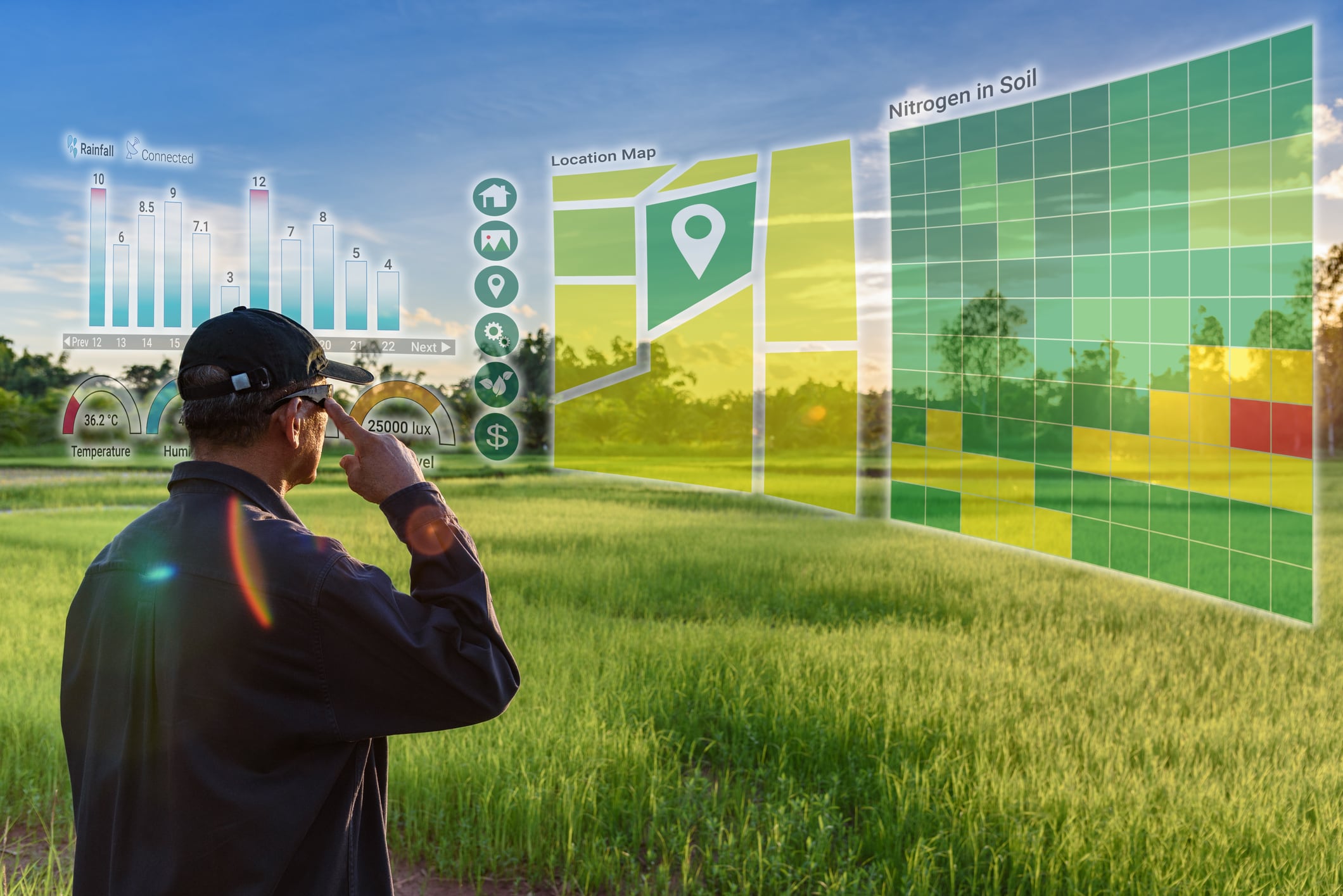Local data accessibility and knowledge-based analysis have been identified as the main limitations of current satellite crop monitoring methods.
However, policymakers often solely use satellite-derived crop monitoring information for crop production and food security data.
“[These information] are still far from providing near-real-time, reliable and quantitative crop information, although satellite data and processing capacities are no longer constraints,” researchers from China, Australia, Switzerland, United States and Switzerland explained.
The applicability of satellite-derived information alone for food security decision making is questionable and could potentially lead to undesirable consequences when decision-making is undertaken with inaccurate information, they added.
The study is funded by the National Key Research and Development Project of China, the Strategic Priority Research Program of the Chinese Academy of Sciences, the Alliance of International Science Organisations, the Youth Innovation Promotion Association of Chinese Academy of Sciences, and the Group on Earth Observations (GEO) Community Activity Global Ecosystems and Environment Observation Analysis Research Cooperation (GEOARC).
Main limitations of current satellite-derived crop monitoring approaches
For local data accessibility, the researchers highlighted the challenge for most global systems to access ground-truth data, such as crop area estimates and yield prediction components.
Collaboration with local institutions is required to conduct field work, and access to local data to develop algorithms and model outside national boundaries is challenging.
Although the researchers recommended for a “full open sharing of data, including both Earth Observation (EO) and in situ [local] data” to close ground-truth data gaps, they acknowledge the privacy issues associated with the open sharing of local data.
For knowledge-based analysis, the researchers pointed to the lack of standardised methods to analyse various crop monitoring information to support decision making, thereby affecting food prices.
Analysts would select from the indicators provided by respective systems that best explain crop growth and crop stress conditions, then use them to develop the predictions for crop acreage, yield and production.
The analysis is also highly dependent on the analysts’ expertise in specific agroclimatic conditions and management practices, as well as who they are representing.
“Crop monitoring of global/regional CMSs provides free access to crop information, but publicly released crop information corresponds with obvious business interests with significant economic value and consequences.
“Clearly, by establishing global and regional CMSs and releasing crop information regularly, hosts have ensured their dominant position in food export opportunities and enhanced their voices in global food security governance.
“There are concerns that these CMSs are more likely to fail to disseminate crop monitoring information that may be unfavourable to the hosts.”
The paper has called for an independent entity of the government to conduct crop monitoring to avoid any potential conflicts of interest and maintain the integrity of unbiased crop information.
How can they be best overcome?
Local data gaps could be addressed through crowdsourcing information collection, gathered through mobile phones, smartphone sensors such as cameras, satellite positioning, and photoreceptors.
“A mobile global positioning system (GPS)-video-geographic information systems (GIS) application (called a GVG app) can collect such data as crop types, planting dates, irrigation and expected yields with corresponding geolocation information.
“Convolutional neural networks (CNNs) have been used to automatically identify crop types from Google Street photos or GVG photos.”
The bias of knowledge-based analysis could be addressed by consulting local partners to confirm the derived results, and limit the involvement of analysts in the generation of input data products.
Additionally, multiple analysts specialising in specific regions could be called upon to assist and work jointly to develop the analysis.
“This participatory approach ensures the transparency of the analytical process and provides expert knowledge as a reference for the generated reports in supporting decision making for stakeholders.”
The researchers also proposed to enhance the function of current crop monitoring platforms, to include the self-calibration abilities of models and allowing users to select their preferred indicators
“There is a need to explore satellite data to better capture determinants of crop production and to enhance analytical capacities in order to transform satellite-derived metrics to understandable and useful knowledge for stakeholders.
“In particular, there is a need to be concerned about conflicts of interest when publishing publicly available crop information,” highlighted the researchers in their conclusion.
Source: National Science Review
“Challenges and opportunities in remote sensing-based crop monitoring: a review”
Authors: Wu, B, et al.

